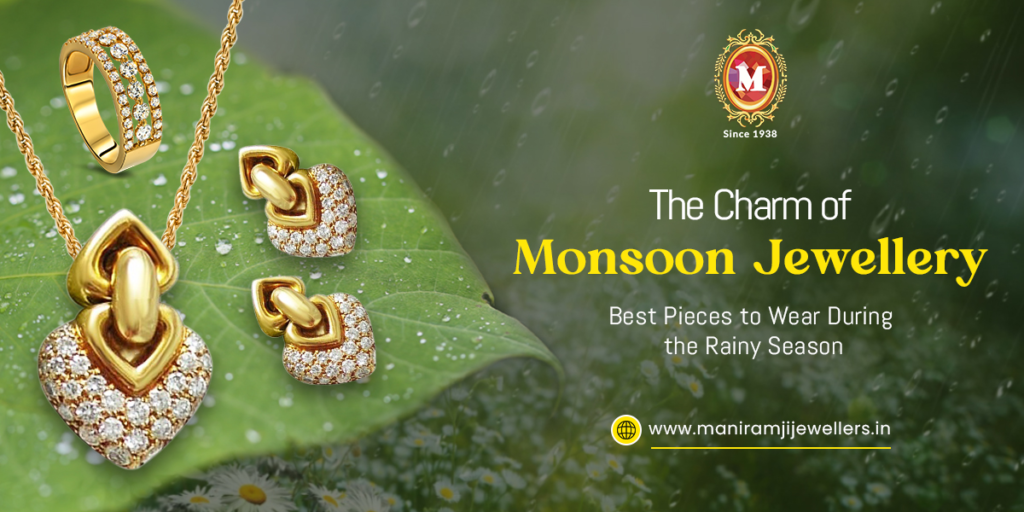24 karats is the equivalent of pure gold. Gold purity is expressed in karats (K). The quantity of pure gold included in an alloy out of 24 parts is indicated by the karat system. When it comes to gold necklaces in particular, the distinctions between 14k, 18k, and 24k gold are focused on purity, durability, and look.
When selecting a piece of jewellery, you should take into account the precious metal that comprises the band or setting in addition to the quality of the diamond or gemstone. A popular metal for jewellery is gold, which comes in 10k, 14k, 18k, or 24k variations. To make the greatest choice for your budget and lifestyle when purchasing new jewellery, it’s helpful to understand the distinctions between these kinds of gold.
What Makes a Carat Different from a 14k vs. 18k vs. 24k Gold Karat?
Although they are pronounced the same, karat and carat are not the same measures. The weight of a diamond is measured in carats (c), whereas the solid gold content of an alloy is measured in karats (k).
A karat: what is it 14k vs. 18k vs. 24k Gold?
A piece of gold’s fineness is expressed in terms of karats. A piece’s fineness is determined by how much weight of pure metal—along with any impurities and alloyed metals—it contains relative to its overall weight. The more carats there are in a 200 milligramme sample of diamond or other gemstone, the larger the sample size.
Karats are used with gold. A karat is a fractional measurement of purity for gold alloys, equivalent to one part in twenty-four. The greatest conceivable karat of gold is consequently 24 karat (24k) gold, which is pure gold that has not been combined with any other metals.
Why Is There A Difference? ranging from 10K to 14K to 18K to 24K gold
Pure Really, 24K gold will never be used in jewellery—especially wedding bands and engagement rings, which are subjected to a lifetime of abrasion. Nonetheless, using 22K gold in jewellery has grown in popularity. What is the comparison between these various purity levels?
24K gold
24K gold is usually the purest gold still used in jewellery. Ninety-one percent of it is pure gold, while the rest is made up of metals like nickel, zinc, and silver. Because of the additional metals, the texture of 24K gold is tougher and therefore more durable when used to produce jewellery. Simple gold jewellery, such as wedding bands, is best made using 24K gold.
18K gold
This is the purest kind of gold, which is widely used in watches and other jewellery. When most people think of gold jewellery, they picture something with a warm, rich golden tint. However, due to its inherent softness, everyday wear and tear can readily scratch 18K gold, which is 75% pure gold.
Because 18K gold is so much more pure than 14K and 10K gold, it is much more expensive. Nonetheless, wearing jewellery made of 18K gold is less likely to result in allergic reactions or skin irritations thanks to its high purity level.
14K gold
The most popular gold for rings and other wearable jewellery in the US, 14K gold accounts for the metal used in nearly 90% of all engagement and wedding rings. For people who are unsure about the amount of pure gold in their ring, this is an excellent option. It gives off a traditional gold appearance without ever seeming unduly yellow, as 18K gold occasionally does.
The primary advantages of 14K gold are its extreme durability and low cost. Given that wedding bands and engagement rings are essential items of jewellery that are worn every day, it’s a great and useful option. While scratches and dings aren’t really a problem with 14K gold, it could make skin conditions worse for people who already have them.
10K gold
The least expensive, purest, and most resilient type of gold now used in jewellery is 10K gold. It is the purest gold on the market that is still permitted to be referred to as “gold” in the US and the majority of other nations, with a purity of 41.7%.
It’s not particularly common for fine jewellery, wedding bands, or engagement rings because of its low gold content. It appears to be trapped between a white and a yellow gold, with a pale yellow hue. Additionally, it contains 58.3% alloy metal, which increases the possibility of skin responses or irritations if you have an allergy to iron, silver, copper, zinc, or nickel.
In conclusion, striking the ideal balance
Depending on your intended use of the necklace and your particular tastes, you can choose between 14k, 18k, or 24k gold. 14k gold is the most suitable for daily use because of its affordability and durability. 18k gold is a great medium ground if you want a mix of durability and luxury. 24k gold offers unparalleled richness and value for anyone looking for the purest type of gold for investment items or special events.
Knowing the variations in gold purity guarantees that your next gold necklace will fit your lifestyle flawlessly and be both gorgeous and elegant.



 Gold Coins
Gold Coins Gold Diamond
Gold Diamond Pendants
Pendants Mangalsutra
Mangalsutra Finger Rings
Finger Rings Mens
Mens Womens
Womens Kids
Kids



















